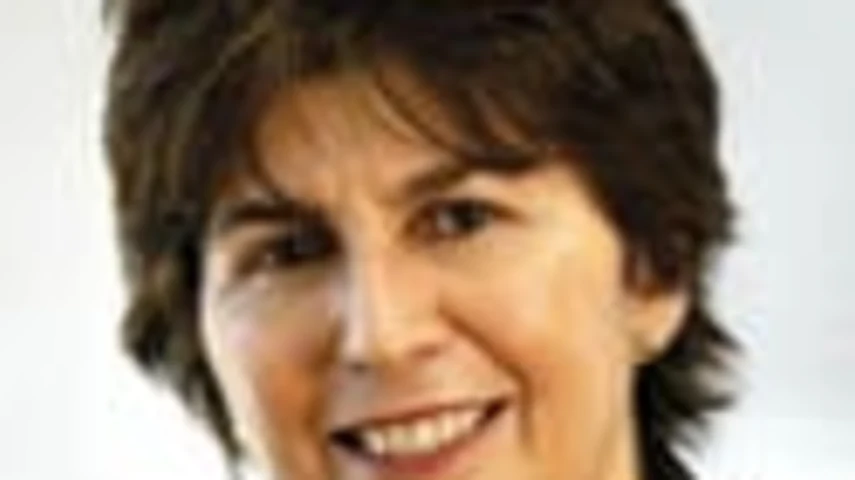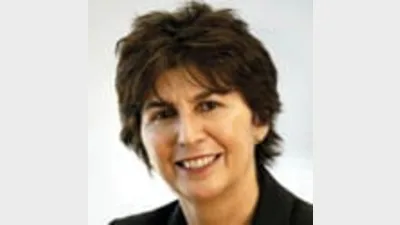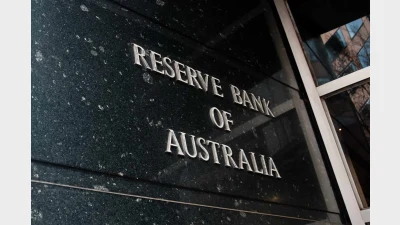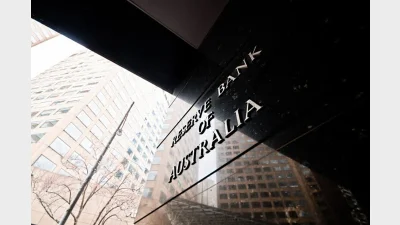Super groups lend weight to report findings



 |
| Pauline Vamos
|
The Association of Superannuation Funds of Australia (ASFA) and the Australian Institute of Superannuation Trustees (AIST) have responded to the latest Intergenerational Report by calling for a lifting of the super guarantee, while the Industry Super Network (ISN) has maintained the spotlight on fees and commissions.
The report placed emphasis on the need for increased productivity. However, ASFA stated that this is not enough and that more savings were needed to achieve an adequate retirement income.
“While the 2010 Intergenerational Report released [yesterday] correctly points to the potential roles of increased productivity and increased participation in the labour force, increased retirement savings also can play a crucial role,” said ASFA chief executive Pauline Vamos.
“This will help meet the needs of an ageing population and help reduce government expenditure on health care for the aged.”
Vamos referred to research released over the weekend by the Investment and Financial Services Association, which stated there is a $695 billion gap between current retirement savings and what is needed to deliver the minimum adequate level of incomes in retirement.
“An increase in the effective rate of contributions into superannuation from 9 per cent to at least 12 per cent, through incentives, assistance and possible compulsion, would substantially assist average wage earners,” Vamos said.
The AIST also called for a raising of the guarantee, stating that the report highlighted the need for further debate on retirement income adequacy.
“We need to revisit the adequacy debate and see whether the picture this report paints of retirement in 2050 is where most Australians want to be,” AIST chief executive Fiona Reynolds said.
ISN executive manager David Whiteley said the report provided a strong reminder of the centrality of superannuation to the Australian economy.
He said the report is particularly timely given the Government's consideration of the Henry Review of taxation, including retirement incomes, and recent industry reports identifying a continued gap in retirement savings.
"Based on modelling in the Henry Review interim report, the standard 9 per cent superannuation guarantee contribution will provide a replacement rate of only around 30 per cent of retirement income, which will leave the majority of Australians partly or fully dependent on the public pension for the foreseeable future,” Whiteley said.
“In this context, commissions on compulsory super are all the more unsustainable.”
Whiteley also welcomed the emphasis on increasing part-time work options for those transitioning to retirement, a concept that was promoted in ISN's 2009 submission to the Henry Review.
Recommended for you
Large superannuation accounts may need to find funds outside their accounts or take the extreme step of selling non-liquid assets under the proposed $3 million super tax legislation, according to new analysis from ANU.
Economists have been left scrambling to recalibrate after the Reserve Bank wrong-footed markets on Tuesday, holding the cash rate steady despite widespread expectations of a cut.
A new Roy Morgan report has found retail super funds had the largest increase in customer satisfaction in the last year, but its record-high rating still lags other super categories.
In a sharp rebuke to market expectations, the Reserve Bank held the cash rate steady at 3.85 per cent on Tuesday, defying near-unanimous forecasts of a cut and signalling a more cautious approach to further easing.











